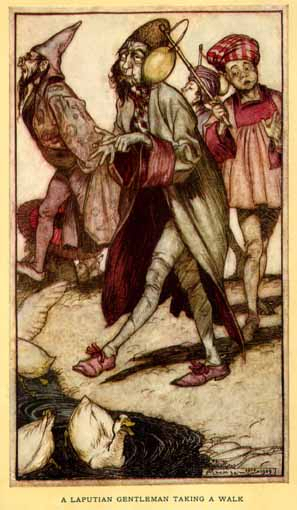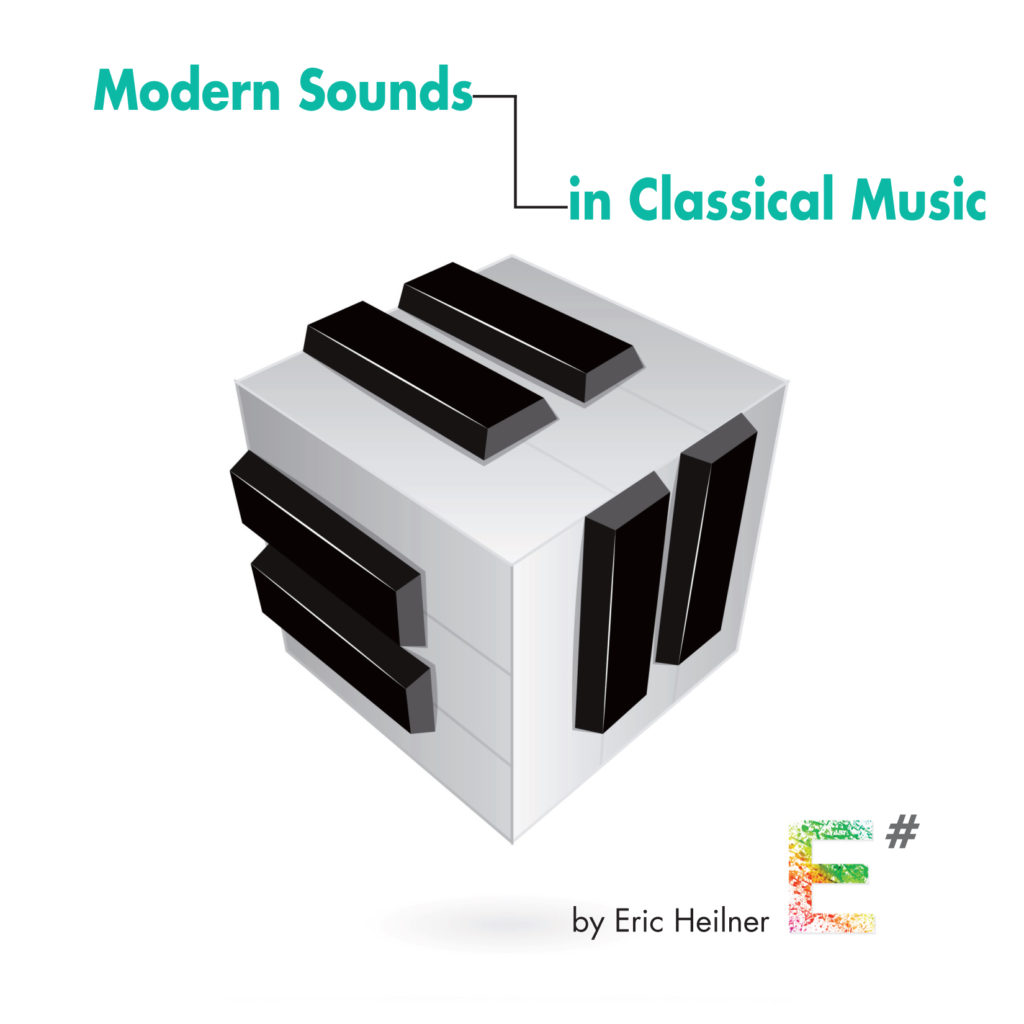: My oldest/newest composition. And a contest!
No, this is not some sort of Zen koan. It’s a bit of a stretch, but you could make the case that this is vaguely analogous to the famous “sister daughter” scene in the movie Chinatown, albeit without any sinister overtones. But bear with me while I explain.
The Back Story
The summer of 1980 marked the high point of my so-called rock & rock “career” in the recording of an album featuring singer/songwriter/guitarist Rick Dufay. The album was produced by Jack Douglas who is most well known for producing John Lennon, Aerosmith, Cheap Trick, etc. After this experience I returned home to New Jersey bursting with creative energy. At the time I was still trying to be a famous rock & roll keyboardist, but I was already in my early 30s – and rock & roll is basically a young person’s game. I knew I could go back into the corporate world and make a decent living, but I wanted to give things one more shot.
Long story short, I ended up collaborating with a lyricist trying to write hit singles. This project generated some material that I was & still am very proud of, but things fell apart. In the midst of all this, Joe ( the lyricist) had one of these old fashioned living room style organs – the kind where you could press one key and the organ would generate a whole rhythm section with bass and chords. Joe came up with this goofy combination of sounds that I liked. I played around with it and came up with a concept that I really liked. I recorded a few different versions and pieced together a 15 minute version.
Fast forward 40 years . . . .
When I started composing I had trouble coming up with titles for my compositions. It is fashionable in classical music circles these days to come up with evocative titles that somehow explain what the piece is “about.” I do not relate to this at all – I have no idea what my compositions are “about.” So early on I was simply naming my pieces “Exercises.”
My fellow composers gently suggested to me that perhaps I might want to come up with some better names.
With this in mind I decided to name a piece “Bounce”. But then I came up with another piece that was also sort of “bouncy” so I called the first piece Bounce #1 and the second #2. BUT – I then remembered the thing I had come up with back in the 1980s – and that was sort of bouncy as well. So I decided to keep things in chronological order. The piece from the 1980s became Bounce #1 and the other numbers got pushed up by one. Eventually Bounce #3 made it onto my album.
But meanwhile Bounce #1 was still in a rudimentary form – with this goofy organ sound doing the lead line. So back in late 2018 – in the middle of recording I played a little bit for Jack. Long story short, Jack suggested using muted trumpet to start off the lead line in place of the goofy organ sound. I fooled around with that a bit and finally came up with a combination of muted trumpet, oboe, plus a little bit of flute an octave higher.
But then other things came up and the piece went on the back burner yet again. Sigh.
Finally with the new year 2021 I decided that I needed to get this off of my plate. Or as they say here in New Jersey – “S**t or get off the pot.” So for the last 2 months I’ve been heads down finishing this up. I’m very happy with the result. You can listen to it here: Bounce #1
About Bounce #1
Thematically this piece is more compact than most of my other work; it’s constructed around a recurring phrase which is re-used in different contexts. I had one additional section just before the recapitulation & fade out that I really liked, but it was just too much so I reluctantly cut it.
This is the most complex arrangement that I have written to date. As I was pulling this together it felt like it needed different textures in certain places. I ended up using a full orchestra including woodwinds, brass, saxophones, strings, percussion, piano, organ and 3 different bass sounds playing in unison. And – as always – I am not 100% satisfied. There are still some scattered chunks of music and textures that do not quite capture what I’m hearing in my mind’s ear.
Meanwhile I find this piece particularly hypnotic – I love the way the melody floats over the rhythm. My friend Rob says that listening to this makes him feel like he is floating in outer space.
Alternatively, if you’re looking for a reference, you can think of Bounce #1 as a 21st century cross between Ravel’s Bolero and the Theme From Rocky.
I’d love to get some feedback on this. In particular, there is a very high background part played on marimba or piccolo that sits inside the mix. Given the combination of my tinnitus and age related loss of high frequency hearing, I’m not sure whether the balance is correct.
TV Theme Song Quote Contest!
Hidden in here there is a short reference to an equine based 1960s sitcom. I will give a gift certificate to a restaurant of your choice (within reason) to the first person who can identify this.

